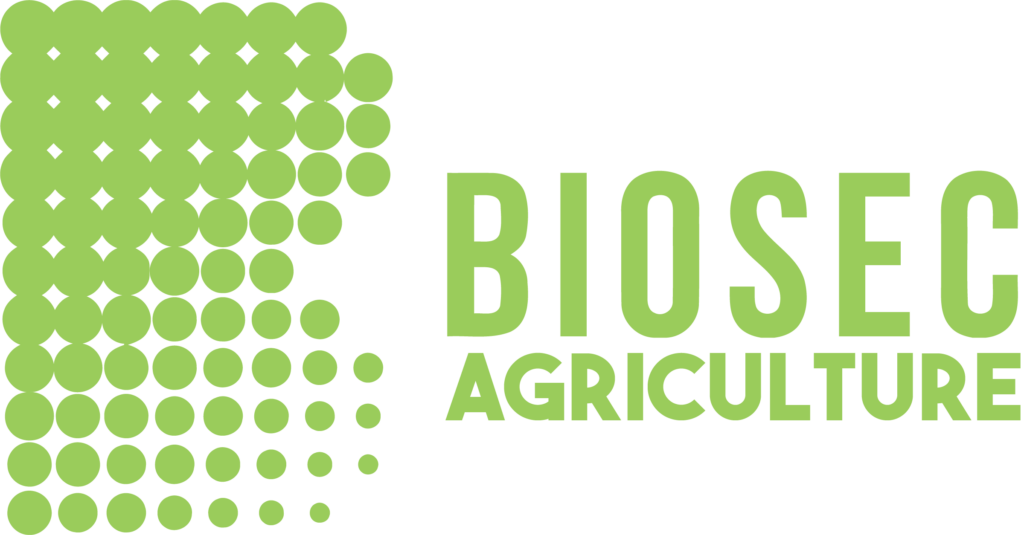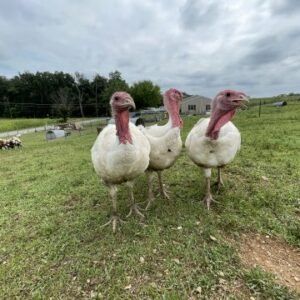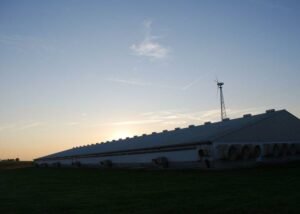By BENNY MOTE-UNIVERSITY OF NEBRASKA-LINCOLN
Traditionally, Nebraska has fared better than many of our neighbors when it comes to swine diseases such as porcine reproductive and respiratory syndrome (PRRS) and porcine epidemic diarrhea (PED). However, the last several months have been extremely brutal here in Nebraska in relation to PRRS breaks.
High health farms that have never had PRRS before succumbed to it this year. High-health farms that don’t have pigs within 10 or even 20 miles broke. Big farms, little farms, commercial farms and clean show pig farms all broke as PRRS does not discriminate on the size or type of farm.
Why is 2022 Different?
When taking phone calls about the breaks, it has been like hearing a bingo caller with all the different strains flowing through with strains 1-7-4, 1-8-4, or 1-4-4 being what I hear the most. What is so different this year than in years past?
One thing we do know is that we have had considerable wind this year, and not just the crazy wind event back on Dec. 15 where we smelled the fires hundreds of miles away in Kansas. It has been documented that PRRS can be viable several miles downwind of the source farm, even in light winds and especially in cool and cloudy conditions.
When we think of biosecurity on our farms, we have a litany of items that must be done each and every day without fail to keep our pigs healthy. If we skimp on any one item, we open ourselves to the opportunity for a disease to enter the farm. Many times, that one skimp will not result in a health break, but all it takes is one pig on the farm to be infected with the disease, the so-called patient zero, and then spread the disease to the rest of the pigs.
Up until this April, our university farm had been naïve for PRRS virus, and given the farm is older than me, that is quite the feat. We don’t have pigs within a 10-mile radius of us. The last live pig introduction to the farm was cesarian-derived boars 30-plus years ago. Our swine farm is fenced in. Our feed mill is on site with corn harvested there at the research center. Because the farm runs on a modified batch system, we were a month out from the last semen order. The pigs on campus for research and teaching all tested negative for PRRS which eliminated the disease piggybacking in with researchers or students from campus to the farm. Entry logs to the unit showed everyone had the required downtime.
When we think of disease breaks, the first things we check for biosecurity breaches are the above-mentioned items. So where did the PRRS virus come from? Although we are over 10 miles away from a pig farm, we are seven miles from highway 77, a major transport route for pigs. Viral load of PRRS virus in Nebraska has been on the rise, increasing the probability of pigs being transported carrying and shedding PRRS virus.
While we can’t be completely certain – as not all the pigs on our university research farm are constantly sampled for health – we feel confident that due to positive PRRS test results of pigs being utilized to investigate PRRS virus replication, we caught the break early enough to come close to pinpointing our patient zero.
A Closer Look at Sow 16540
As a research farm, we collect more data than commercial farms with the biggest two being individual pig identification and the pens the pigs are in throughout their life. Thirty-six freshly weaned pigs from eight sows were slated to be utilized in a PRRS research project investigating the replication of PRRS virus. Six of 36 freshly weaned pigs tested positive for PRRSv via PRRS ELISA testing. Four of the six positive pigs were the only four pigs shipped out for the project raised on a single sow – sow 16540. The sow/litter location was in the middle of a 12-crate farrowing room. One of those four PRRS positive pigs raised on sow 16540 was cross fostered onto the sow from a litter where all pigs remaining on the birth dam were PRRS ELISA negative. The lone pig tested from the crate to the left of the infected litter was negative. One of five pigs from the crate to the right of the infected litter was positive. The only other positive pig in the batch of 36 tested was from the last crate in the room closest to the exhaust fan with multiple PRRS ELISA negative pigs in that litter as well. Pigs from five other sows were shipped and were all PRRS ELISA negative.
Follow-up testing using PCR for PRRS confirmed not only those six pigs were positive for PRRS, but so were the rest of the pigs, which wasn’t unexpected considering the pigs were transported and housed together for four days post weaning prior to PRRS testing. Given the lag time needed for a positive PRRS ELISA test from infection, more PRRS testing of sows and piglets in all areas of our farrow-to- finish farm, time frame for sows to no longer be PRRS PCR positive, sow feed intake records, sow/piglet treatment records, and previous heard health testing, we were able to narrow the time frame of the initial infection that broke our research farm.
Research into that timeframe didn’t pinpoint a smoking gun for a biosecurity break. Without a smoking gun, we are left contemplating if our PRRS break was due to a wind event. We know that sow 16540 was gestating in our south gestation row which is immediately in front of and facing the curtain. To us, it seems more probable that 16540 became infected in gestation by the curtain rather than in the middle of a farrowing room, but with PRRS virus, we cannot be certain.
While we cannot pinpoint where the PRRS break originated from, it does underscore the need to ensure we follow biosecurity procedures to the letter each and every day for what we can control as it only takes a single pig becoming infected to be patient zero for a farm. A farm breaking with PRRS is devastating enough, but what about a foreign animal disease?
Sleepless Nights
The situation at our swine farm has brought a lot of sleepless nights contemplating what has been done for biosecurity, what can we control, what has changed in the industry and what can we do better going forward both at our unit and as an industry as a whole?
Historically, the countryside was populated by many pigs housed in outside lots and has evolved into pigs housed indoors. This was a major boost to herd health. Farms then transitioned from single site farrow-to-finish operations to multisite operations in the name of herd health. Initially, multisite operations simply meant having a few miles separation between the different production segments and now it is not uncommon for pigs to be transported hundreds of miles from the sow farms in higher health regions to finishing facilities closer to feed and packing capacity.
When the farms, especially sow farms remain healthy, the system works well. However, for each additional farm that breaks with a virus, the disease load in the area is amplified. With all-in all-out production of nursery and finisher sites, those farms can be returned to a high health status more easily than a sow farm. From the time a sow farm breaks with a disease until they either eventually return to negative status by implementing herd closure, vaccination, or depopulation and repopulation, health-challenged pigs leave the sow farms with potential to spread their disease at their new site as well as along the way.
It’s Time to Ask Hard Questions
The U.S. swine industry has approximately 1 million pigs on the road every day. Every farmer wants their neighbor to practice good biosecurity and have high-health pigs to protect their own herd. But when a farm breaks, what consideration do we have for our neighbors? Do we have our veterinarians call their veterinarian? Do we call the neighbor and let them know? Do we even know who our neighbors are to all our production sites that have swine farms that could be impacted? Do we route our trucks to avoid as many farms as possible?
The financial impact these decisions have on our herds is never taken lightly, but we should also consider the impact to our friends and neighbors and the industry as a whole. As a swine industry, we are in this together with the one health mantra regardless of our operation size or market. Whether we are commercial, show pig or niche market, have one sow or a million, the herd health of our industry truly is all for one and one for all.
I will end this with two questions to ponder. What can each of us do better to help the health of the industry? What will be the next paradigm shift in swine production to enhance herd health?




